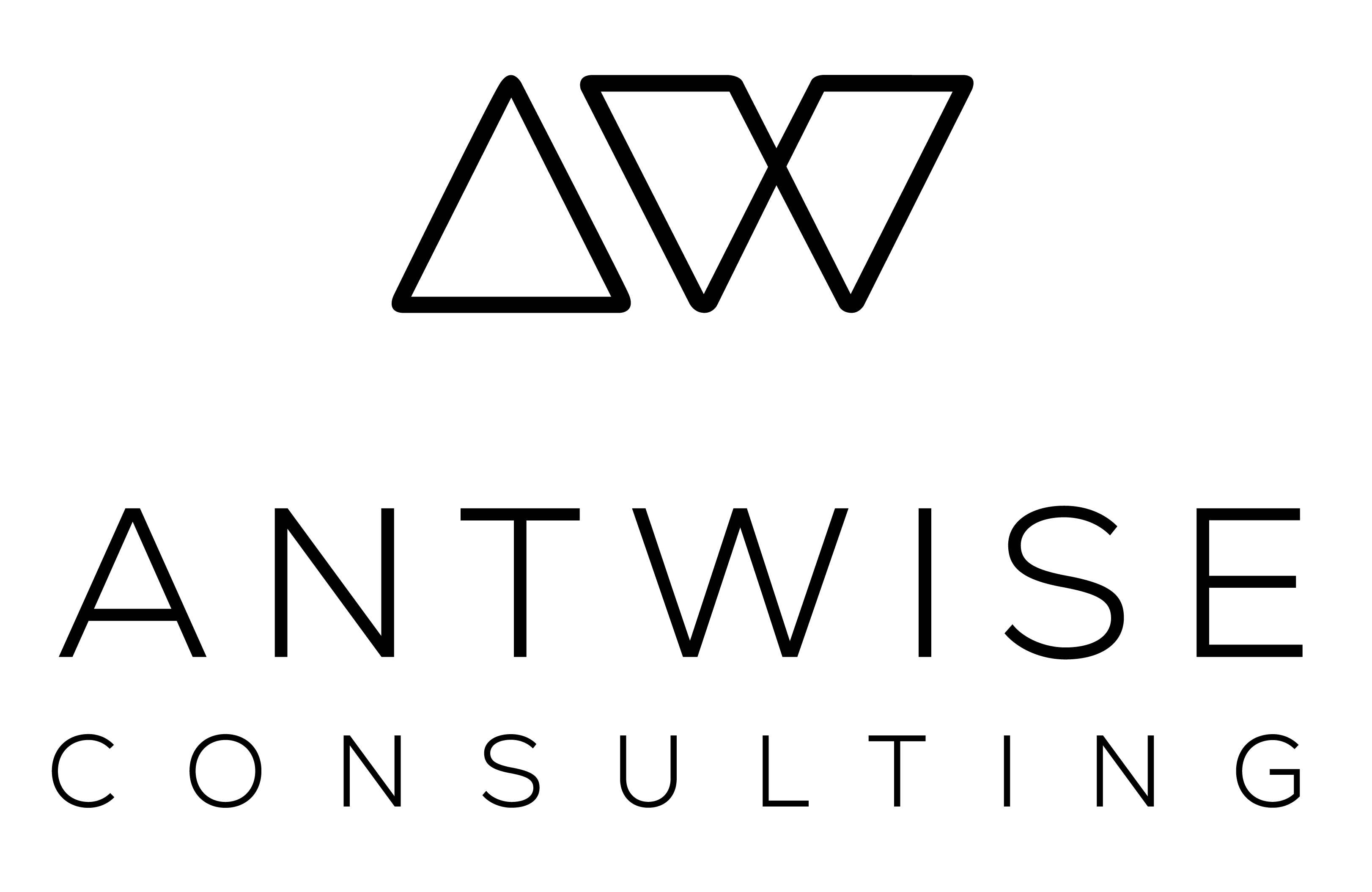
A strategic plan… what are they? who needs one? and how do you build one? These are the questions that we aim to address for our clients and for you today in this Ultimate 5 Step Guide to Strategic Planning.
If you prefer to watch a video than read an article, check out this video & worksheet I prepared for you.
A strategic plan for many business and organisations is the difference between success & failure. It in its most simplest form is basically a plan to get you from where you are today to where you want to be in the future. The plan should articulate your vision, mission, values as well as your long term goals, your method for measuring your progress (commonly come in the form of a scorecard) and your action plan or roadmap to achieving your goals and ultimately vision. I will show you how to build your strategic plan in the following sections.
In practice, this plan is the foundations for your organisation and should be referred back to regularly, many organisations who fail, fail because they make the mistake of making a plan but not referring to it when it comes to practice.
Did you know 8 out of 10 business fail within their first year of operation? and one of the key reasons cited is a lack of planning. This should be enough to say that if you want your business or organisation to thrive you need to build a robust and practical strategic plan. Short answer EVERYONE!
This is my 5 step guide to building a killer strategic plan, one that will bring your vision from just a dream to becoming your reality.
If video’s your thing, I’ve prepared a video & worksheet to walk you through each of the 5 steps so that you can get started on your plan TODAY! Click here to access your FREE video and worksheet now!
This seems like an obvious one doesn’t it? Your plan has to work towards something and that something is your vision. But more often than not, we are so busy doing things in and for our organisation, we forget what or where we are actually working towards.
This is particularly true for organisations that have been operating for a number of years, they get tied down with doing this and that, that they actually forget what they set out to do in the first place.
I remember a time when chatting with one of my clients, they were telling me about all the amazing programs they have, they had so many amazing things happening but when I asked them what are they trying to achieve, what is their vision? There was confusion, they’ve been operating and doing many good things but have ultimately lost sight of their vision, the very thing they set out to achieve.
So whether you are starting a brand new organisation or trying to grow an existing organisation. Take a moment to stop and clarify your vision. I encourage my clients to take some time off from the day to day to just dream…sound counter productive doesn’t it? But trust me it will do you wonders.
Ask yourself these questions..
Why does my organisation exist?
What difference am I trying to make?
Often your vision will seem unattainable right now but don’t let that stop you because that is exactly why you need a plan, to give you a step by step guide to move your vision from just a dream to being your reality.
Most people think strategic planning is a task or a workshop…maybe you think that! I certainly did before; but I quickly learnt that its not… it’s a process! Bringing together a strategic plan can sometimes be a week long or even month long process.
Before you go and bring the pieces of your strategic plan together, you need to be clear about the process.
Many ask the question… so should the board come up with the strategic plan? Or should the management come up with the strategic plan? Well the simple answer to that question is BOTH.
It can look slightly different for different organisation considering how you are structured or organised but here is a common process that I think can be applied in pretty much every organisation.
This is where the rubber hits the road and the fun stuff happens. Now that you have agreed on your process, its time to begin building the plan.
Here are the 3 key exercise that will help you to begin building the different elements of your strategic plan.
Some questions to ask yourself…
what actions do I need to take?
What actions do I need to stop? There may be things that you do now that is hindering you from moving forward.
What resources do I need that I don’t have at the moment? It might be people or funding or space etc
But this his is the part where you get creative and starting innovating your way towards your vision.
Those are the 3 exercises but what about what goes into the plan?
You may have more but here are my 3 must have component in any strategic plan.
This step is quite straightforward this is where management presents the plan back to the board and have them challenge it, stress test it and comb through it from start to finish.
One of the key components of this step is a good presentation. You can’t just hand out your 30 or 40 page strategic plan to the board, they will either be disengaged or completely lost.
What you want to do is tell them a story, tell them a narrative… take them on a journey from where your organisation is today to where you will be in say 12 or 24 months time.
Show them the key sights along the way. Everyone loves a good story!
The analogy I like to use here is imagine yourself as a tour guide. When you go on a tour, you know where you are going but you don’t really know the path, your job as the tour guide is to take them on the path you have planned and show them the sights along the way and tell them the story behind each site. Show them how it will ultimately lead them to their destination. This is no different, take them on a journey!
I promise you, if you do that, your review would be so much more fun than if you just went through your 40 page plan.
Need help doing it? Book a free business discovery call with us today to see how we can help.
A good plan on paper is nothing but a good idea if it’s not implemented and executed!
I want to stress that executing your plan is not linear exercise… its cyclical. It’s a constant process of doing and correcting and doing again and measuring and correcting again. Remember its cyclical not linear.
So here are my top 3 things you need execute your plan flawlessly
Second thing I want to say about communication is you must must must and must communicate clearly to your teams your organisations strategy because they need to know that their task or their area of responsibility plays a pivotal part in the overall plan. This would give meaning to what they do and hence also increase engagement.
This needs to take place regularly, I’d say monthly or even weekly in some circumstances. You can’t just measure once a year because that you won’t will lose the opportunity to correct course or make adjustments.
To begin building your own plan, check out this free video & worksheet where I talk you through step by step to building your strategic plan.
But if you still need help? Schedule your free business discovery call with us today to discuss how we may be able to help.
Before you go and bring the pieces of your strategic plan together, you need to be clear about the process.
Many ask the question… so should the board come up with the strategic plan? Or should the management come up with the strategic plan? Well the simple answer to that question is BOTH.
It can look slightly different for different organisation considering how you are structured or organised but here is a common process that I think can be applied in pretty much every organisation.
This is where the rubber hits the road and the fun stuff happens. Now that you have agreed on your process, its time to begin building the plan.
Here are the 3 key exercise that will help you to begin building the different elements of your strategic plan.
Those are the 3 exercises but what about what goes into the plan?
You may have more but here are my 3 must have component in any strategic plan.
This step is quite straightforward this is where management presents the plan back to the board and have them challenge it, stress test it and comb through it from start to finish.
One of the key components of this step is a good presentation. You can’t just hand out your 30 or 40 page strategic plan to the board, they will either be disengaged or completely lost.
What you want to do is tell them a story, tell them a narrative… take them on a journey from where your organisation is today to where you will be in say 12 or 24 months time.
Show them the key sights along the way. Everyone loves a good story!
The analogy I like to use here is imagine yourself as a tour guide. When you go on a tour, you know where you are going but you don’t really know the path, your job as the tour guide is to take them on the path you have planned and show them the sights along the way and tell them the story behind each site. Show them how it will ultimately lead them to their destination. This is no different, take them on a journey!
I promise you, if you do that, your review would be so much more fun than if you just went through your 40 page plan.
Need help doing it? Book a free business discovery call with us today to see how we can help.
A good plan on paper is nothing but a good idea if it’s not implemented and executed!
I want to stress that executing your plan is not linear exercise… its cyclical. It’s a constant process of doing and correcting and doing again and measuring and correcting again. Remember its cyclical not linear.
So here are my top 3 things you need execute your plan flawlessly
Second thing I want to say about communication is you must must must and must communicate clearly to your teams your organisations strategy because they need to know that their task or their area of responsibility plays a pivotal part in the overall plan. This would give meaning to what they do and hence also increase engagement.
This needs to take place regularly, I’d say monthly or even weekly in some circumstances. You can’t just measure once a year because that you won’t will lose the opportunity to correct course or make adjustments.
To begin building your own plan, check out this free video & worksheet where I talk you through step by step to building your own strategic plan.
But if you need help? Schedule your free business discovery call with us today to discuss how we may be able to help.


